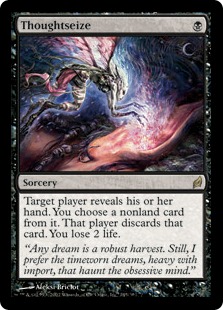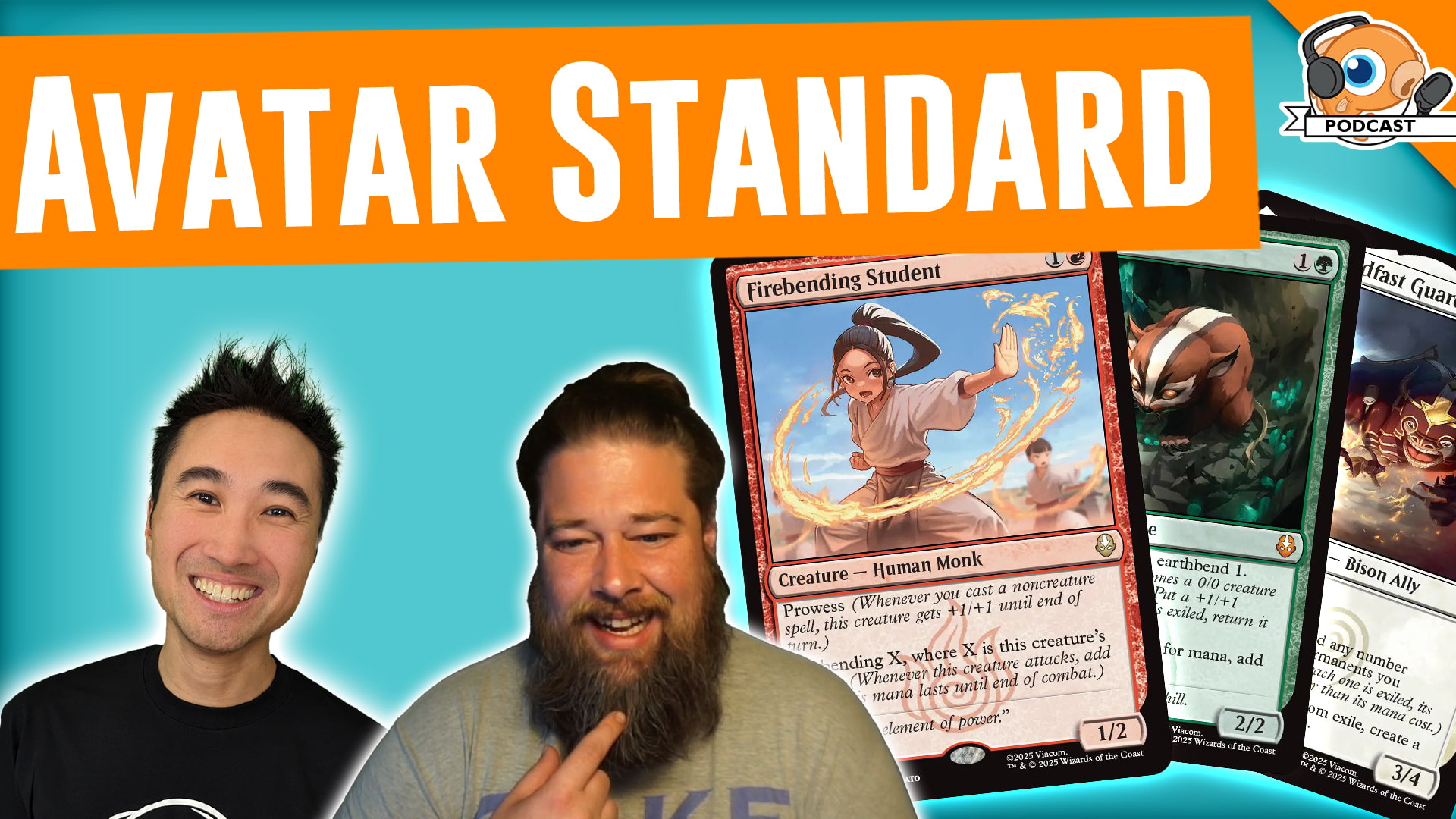Brewer's Minute: Beyond Curve
Hey, everyone! It's time for another Brewer's Minute. This week, we're going to take a few minutes to go beyond the basics of the curve in deck building. If you're not familiar with the term "curve," probably the easiest way to think of it is in terms of limited (where the curve is especially important). Curve basically refers to having a reasonable number of creatures at each converted mana cost. Let's say you do a draft and somehow open 20 copies of Kalitas, Traitor of Ghet (which is an extremely strong card). While it might seem correct to play them all, your deck will actually function a lot better if you cut some copies and instead run some Grizzly Bears (so you have something to play for two mana), Wind Drakes (at three mana), and so forth. While it's a bit more complicated, the idea of curve also applies to building constructed decks, and that's our topic for this week.
Don't forget: if you enjoy the series (and haven't already), make sure to subscribe to the MTGGoldfish YouTube Channel!
Discussion
While building a strong curve in limited is often as simple as laying out your deck and making sure you have enough creatures and spells at each converted mana cost, thanks to the nature of building constructed decks, building a strong curve in constructed is a bit more complicated. While the same concepts apply—you don't want 20 copies of Kalitas, Traitor of Ghet in your constructed deck either, because being too overloaded at one spot on the curve will mean you can't use your mana efficiently (and it also means that your opponent who curves out with bad creatures will probably beat you)—but there are some other considerations as well.
Mana Dorks


So, let's say you're playing a Modern deck with Birds of Paradise and Noble Hierarch as your one-drops. In a deck like this, you're often going to want to weight your curve toward powerful three-mana plays like Knight of the Reliquary and Liliana of the Veil rather than on two-mana plays. When it comes right down to it, the entire idea of curve is based on using your mana efficiently, and playing a Birds of Paradise on Turn 1 and then playing a Tarmogoyf on Turn 2 and not using your Birds of Paradise isn't exactly efficient mana usage. Meanwhile, things are a bit different in Standard because mana dorks all cost two (or more mana), which naturally pushes decks toward playing more four drops than three drops, since just like in Modern, it's more efficient to play Servant of the Conduit on Turn 2 into Aetherworks Marvel on Turn 3 than to play Servant into a random three-drop and leave a mana unused.



Maybe the best example of this is Modern Tron. Have you ever wondered why Tron decks tend to play four copies of Karn Liberated and one or two copies of the arguably more powerful Ugin, the Spirit Dragon or a game-ending creature like Wurmcoil Engine? The reason is that Tron makes seven mana when assembled, which is just enough to cast Karn Liberated. Meanwhile, Ugin, the Spirit Dragon and Wurmcoil Engine are at a more awkward point on the curve, often forcing you to use your mana less than efficiently.
Opportunity Cost


The other important curve consideration is what your deck is trying to do, because the opportunity cost of playing something at a point on the curve costs you the opportunity to play something else at that point on the curve. For example, you don't see many decks in Modern that are true Thoughtseize decks and true Birds of Paradise decks; instead, most competitive decks go one direction of the other. If your plan is to play three- and four-drops as quickly as possible, Birds of Paradise is the way to go, while if your plan is to play a two-drop on Turn 2, you'll often play Thoughtseize on Turn 1 to clear away a removal spell or combo piece from your opponent's hand.
The mix-and-match plan is risky because you'll end up with clunky, less-than-efficient use of your mana. For example, on some draws, you'll have a Thoughtseize on Turn 1 but then be stuck with an uncastable Knight of the Reliquary rotting in your hand, while with others, you'll have a Birds of Paradise on Turn 1 but end up without much to do with your mana, since you have a hand full of Thoughtseizes. Similarly, you don't see many decks that are looking to play a Tarmogoyf on Turn 2 and leave up Mana Leak on Turn 2, because you can't do both.
Conclusion
The point of all this, like usual, is to encourage you to think a bit more deeply about curve when it comes to building a constructed deck. While piling cards into the one-drop, two-drop, and three-drop slots works for limited, there are a lot more variables to consider in constructed. Ask yourself what your deck is trying to do. Are you trying to get to three mana on Turn 2 or protect your two-drop threat? Are you trying to get on the board as fast as possible or leave up a counterspell? Learning to think a bit more deeply about curve and move beyond the basics of Grizzly Bear into Wind Drake into Hill Giant will greatly improve your constructed decks and sharpen your deck-building skills in general.
Anyway, that's all for today. As always, leave your thoughts, ideas, opinions, and suggestions in the comments, and you can reach me on Twitter @SaffronOlive or at SaffronOlive@MTGGoldfish.com.













